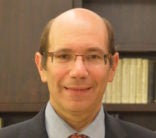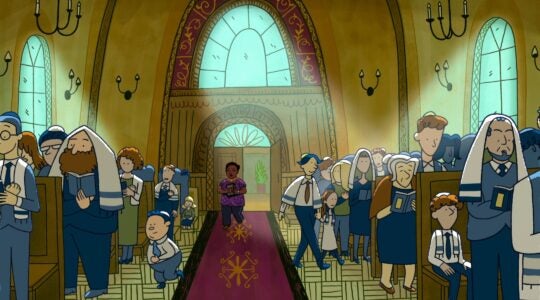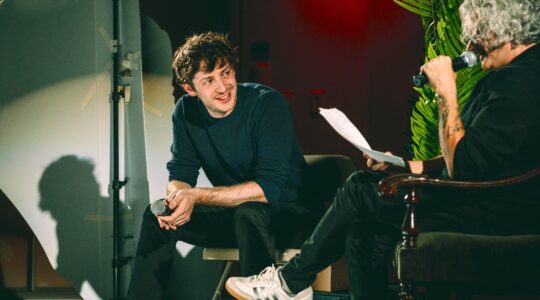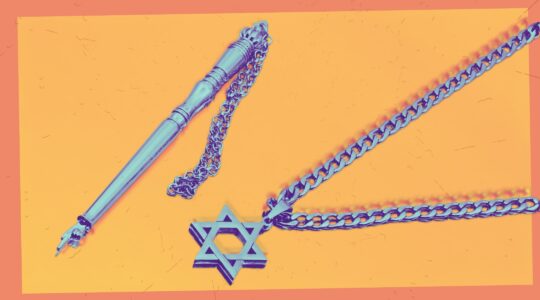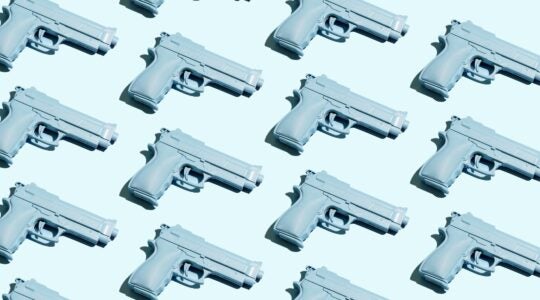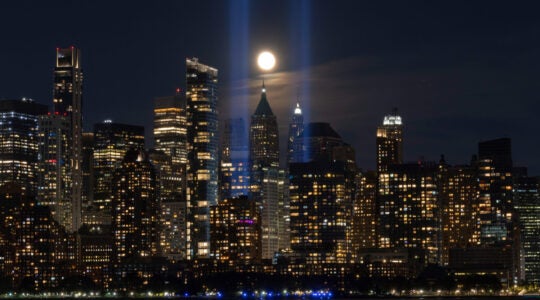In October 1975, as the heinous resolution condemning Zionism as racism progressed through the United Nations, American Jews were silent. America’s UN ambassador, Daniel Patrick Moynihan, who was fighting this libelous legislation, asked Israel’s Ambassador Chaim Herzog: “Where are your bloody Jews?” The UN heard the silence of the world’s largest Jewish community. Even German Ambassador Rudiger von Wechmar told Herzog: “It would be helpful if the Jewish community were to react.”
What was true then is true now — it would have been helpful if the Jewish community had reacted during the recent round of world leaders’ visits to New York, launching the General Assembly’s meetings. This year was particularly portentous. Iran’s new president, Hassan Rouhani, charmed the world, pretending that oppressive Ayatollahs’ dictatorial patsies can make nice by speaking English well and smiling. Syria’s foreign minister, Walid al-Moallem, having dodged American bullets — or cruise missiles — claimed his country suffered attacks similar to the slaughter of innocents New York endured on Sept. 11. And Israel’s Prime Minister Benjamin Netanyahu tried convincing gullible diplomats not to be snookered by Iran’s North Korean strategy of negotiating slowly while spinning centrifuges quickly.
Imagine how much harder Rouhani’s task would have been — and how much easier Netanyhau’s would have been — had 250,000 Jews rallied, denouncing Iranian nuclear proliferation, condemning Iran’s religious oppression, exposing Iran’s crackdown on gays and dissidents — and mourning the Syrian slaughter, too. Spilling out angrily from Dag Hammarskjold Plaza toward the UN, blocking traffic, including some dignitaries’ limousines, shouting slogans, waving placards, New York Jews could have made a difference, showing love for Israel, supporting oppressed Iranians and Syrians, while repudiating the Iran of the Ayatollahs and the corrupt Revolutionary Guard.
It has worked before. In the 1970s, all those Solidarity Sundays and Soviet Consular vigils felt noble but futile — we knew. most Soviet Jews would never be free, and we knew. the Soviet Union would never disappear. We protested because it was the right thing to do. To our surprise, it worked. Natan Sharansky recalls being mocked by his KGB interrogators that only powerless students and housewives were marching for him. The wily Sharansky pretended to be skeptical. In response, his tormentors showed him news clips of the rallies, reassuring Sharansky that he was not forgotten.
New York Jewish demonstrations of support have a long, proud pedigree. They include the pageant mounted by Broadway royalty like Ben Hecht, Kurt Weill and Moss Hart, featuring Edward G. Robinson, Frank Sinatra and other stars, called “We Will Never Die,” on March 9, 1943, at Madison Square Garden to protest early reports of the Nazi mass murder of Jews. Overcoming establishment opposition and doubts, over 40,000 Jews attended, with half the crowd listening on loudspeakers outside. Three years later, Hecht and Weil collaborated on a play championing the Jewish homeland in Palestine, “A Flag is Born,” starring Marlon Brando, which attracted sold out crowds for weeks.
And in 1975, thanks to Moynihan’s urging and Herzog’s lobbying, the Jewish community eventually mobilized. More than 125,000 people massed into Midtown Manhattan after the infamous Zionism-is-Racism resolution passed, with Jews and non-Jews, whites and blacks, liberals and conservatives, sporting blue and white buttons proclaiming “I Am a Zionist.”
Fifty years after the civil rights movement’s March on Washington, we know protests can work. And, sad but true, the toxic anti-Semitism so palpable in the General Assembly can prove beneficial. With so many delegates believing all the lies exaggerating Jewish power, especially in America, assertions of Jewish strength seem more potent than they are.
Alas, instead, New York Jews crowded into theaters to watch “Cloudy with a Chance of Meatballs Two,” gossiped around the water cooler about the “Breaking Bad” TV finale, wondered whether the next mayor would be David Dinkins or Rudy Giuliani Redux, and burrowed ever deeper into their iPhones and iPads. History was happening just down the street but most were too disengaged to take it to the streets. This passivity confirms the latest Pew survey’s findings, too — reduced activism reflects diminished identity.
Perhaps next fall, when the Third World Dictators’ Debating Society reconvenes by the East River yet again, some will mobilize. We owe it to ourselves, our community, our country and our homeland, Israel, to inconvenience ourselves to help better the world.
Gil Troy is professor of history at McGill University and a Shalom Hartman Engaging Israel Research Fellow in Jerusalem. He will be speaking about his latest book, “Moynihan’s Moment: America’s Fight Against Zionism as Racism” at the 92nd Street Y on Oct. 24 at noon.
The New York Jewish Week brings you the stories behind the headlines, keeping you connected to Jewish life in New York. Help sustain the reporting you trust by donating today.
